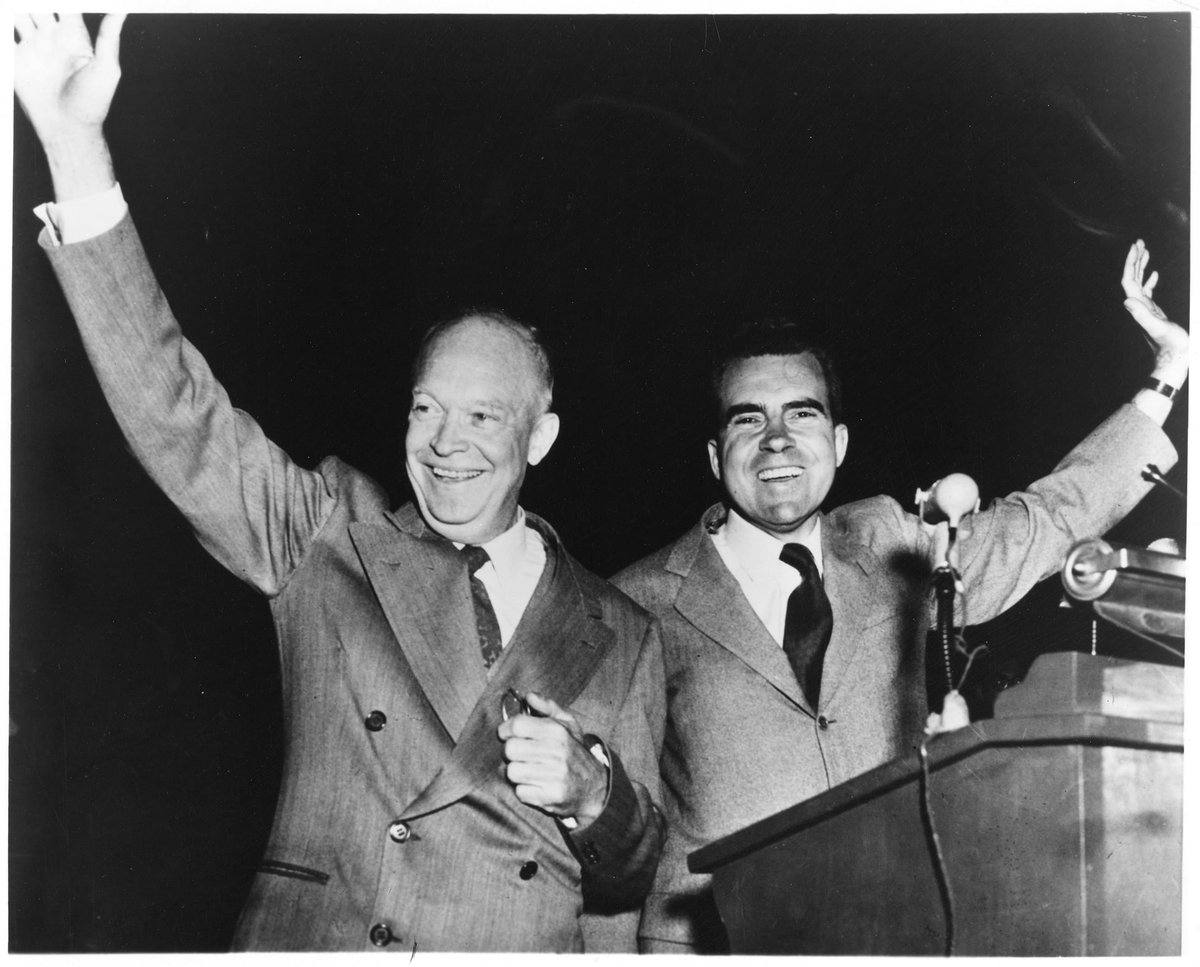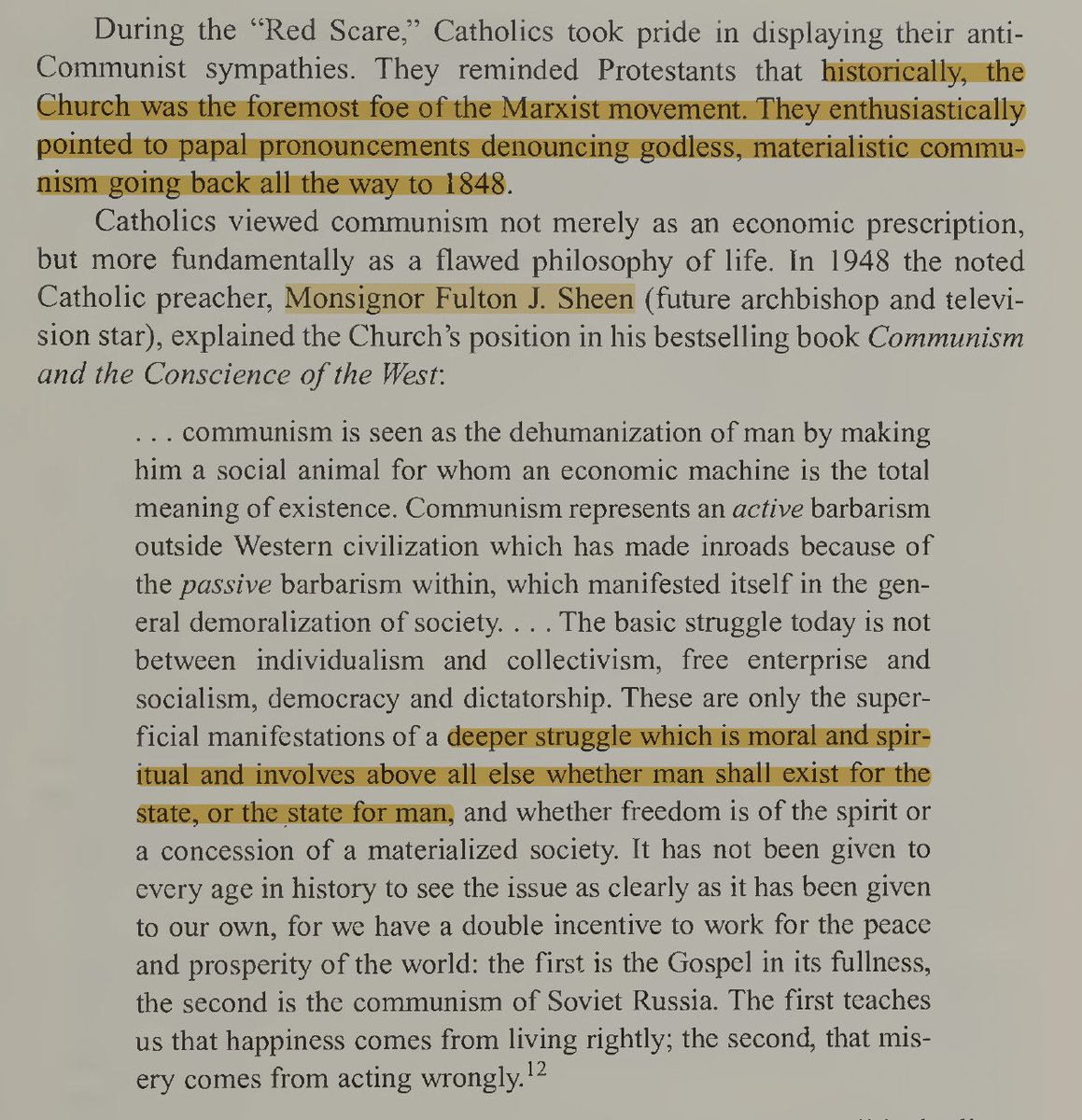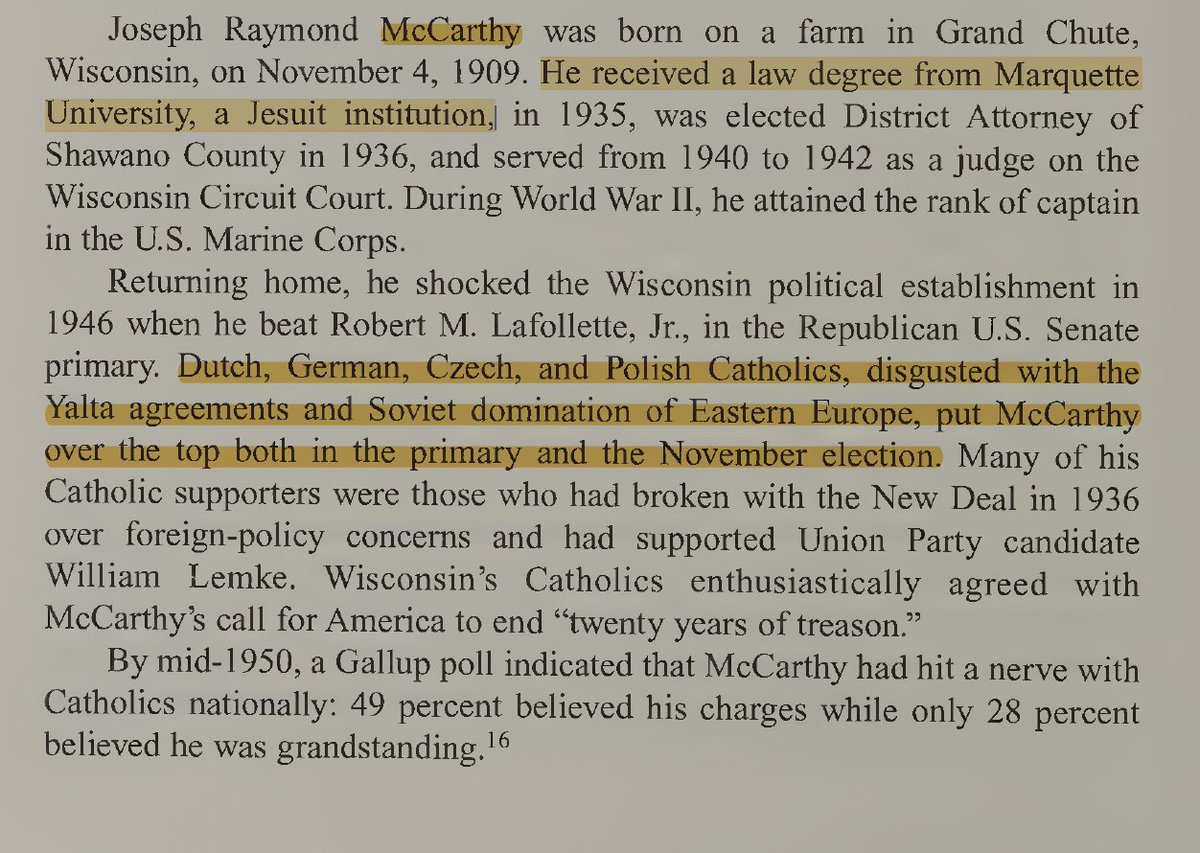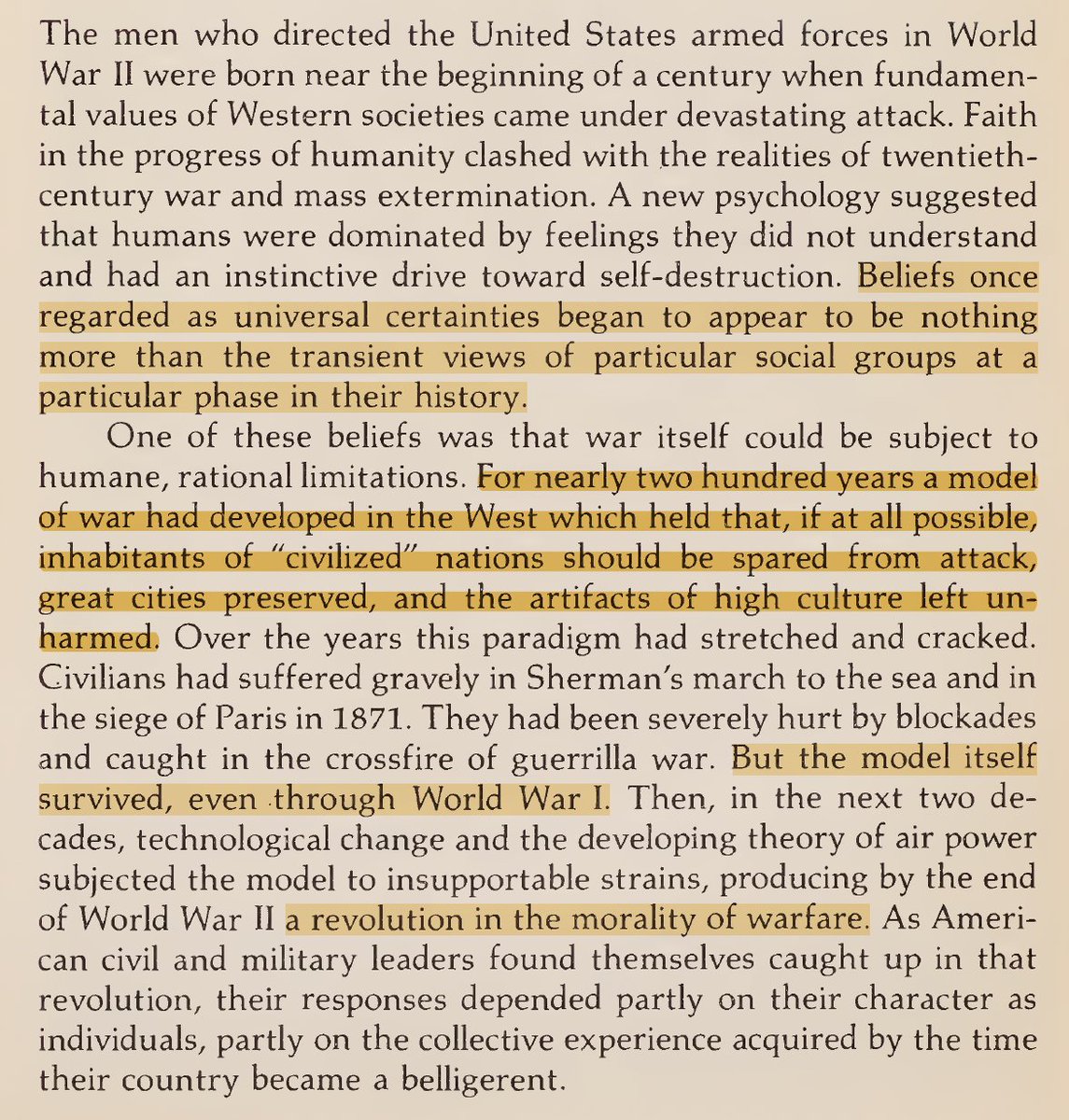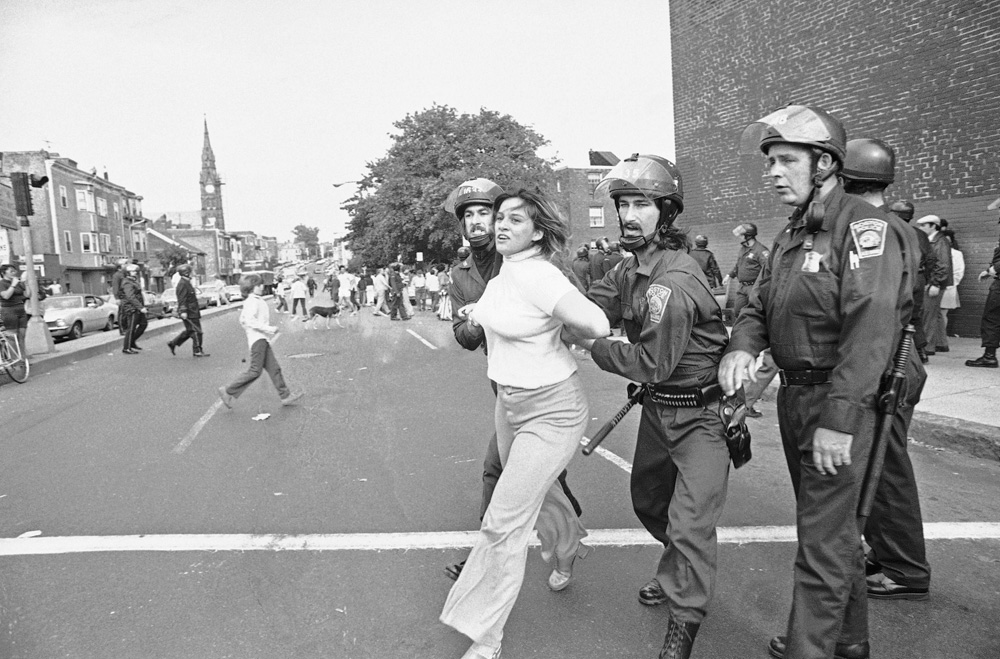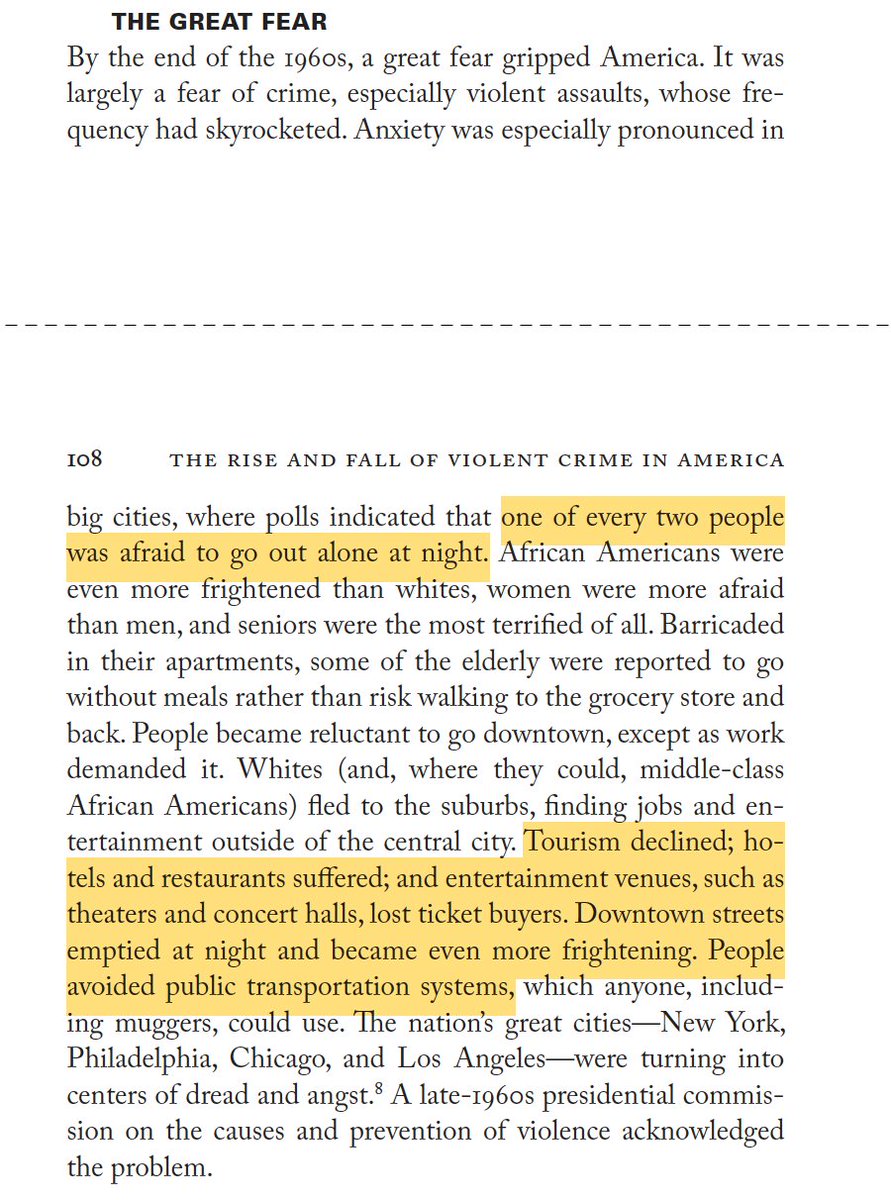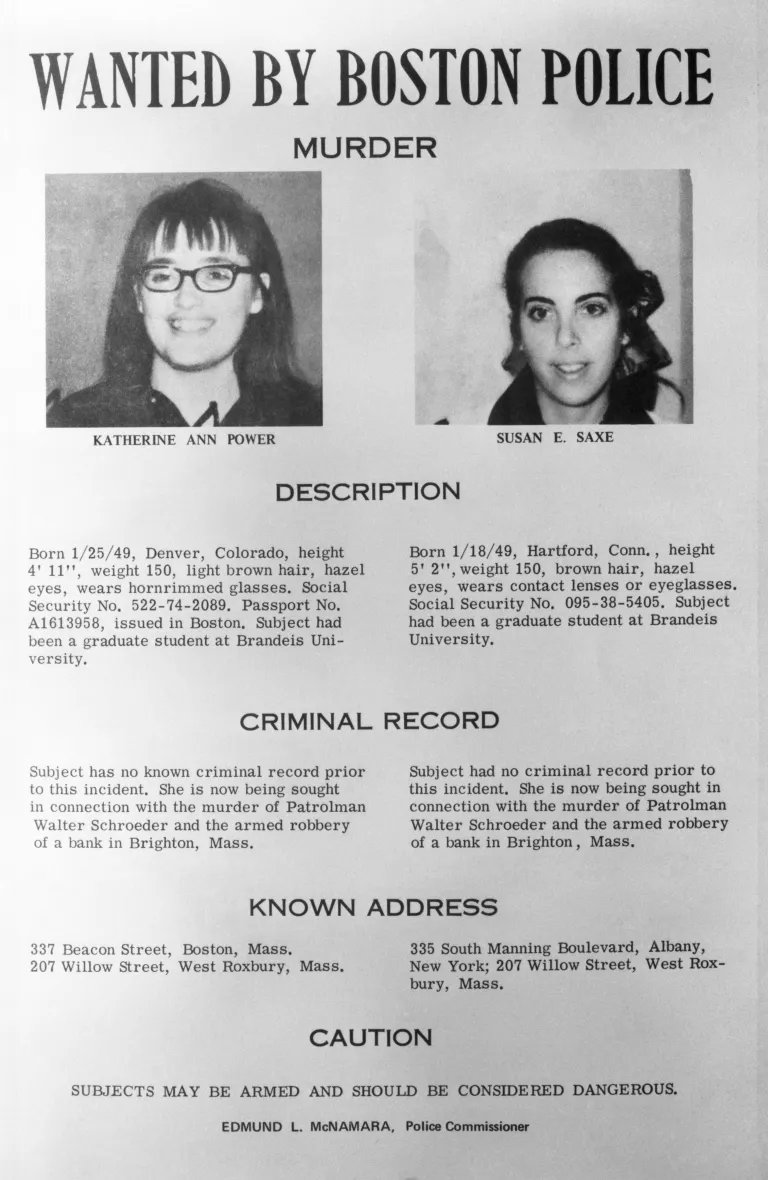Tom Wolfe had some interesting observations on the ethnic, cultural, and religious roots of America’s revolution in computer and aerospace technology - How the innovators had deep roots not in the Ivy League, or MIT, but the “boondocks” of the heartland.
🧵
1/10

🧵
1/10


Wolfe finds roots for the tech revolution in Dissenting Protestant culture in the unlikely location of Grinnell, Iowa, where the of a son of a Congregational minister - Robert Noyce, inventor of the first practical microchip and co-founder of Intel - studied engineering.
2/10

2/10


In contrast to the heartland, engineering was out-of-fashion with the east coast establishment. At MIT for his graduate work, Noyce discovered that no one at this renowned institution seemed interested in the transistor.
3/10

3/10


Noyce was not atypical - Most of the major Silicon Valley figures “had grown up and gone to college in small towns in the Middle West and the West.” In the midst of 1960s anarchy, the real revolutionaries were squares from Iowa with Dissenting Protestant roots.
4/10
4/10

Silicon Valley - like the Apollo program moon landing - was “the triumph of the squares” – Engineers from the boondocks provided the innovation and passion. The one expert from back east who was called-in at Apollo - Jerome Wiesner of MIT – was ready to throw in the towel.
5/10


5/10



At the dawn of this California tech-boom with heartland roots, the tedious assembly line work was almost invariably being performed by women - *American women* – For the “Jobs Americans Won’t Do” lie had yet to enter the national discourse.
6/10


6/10


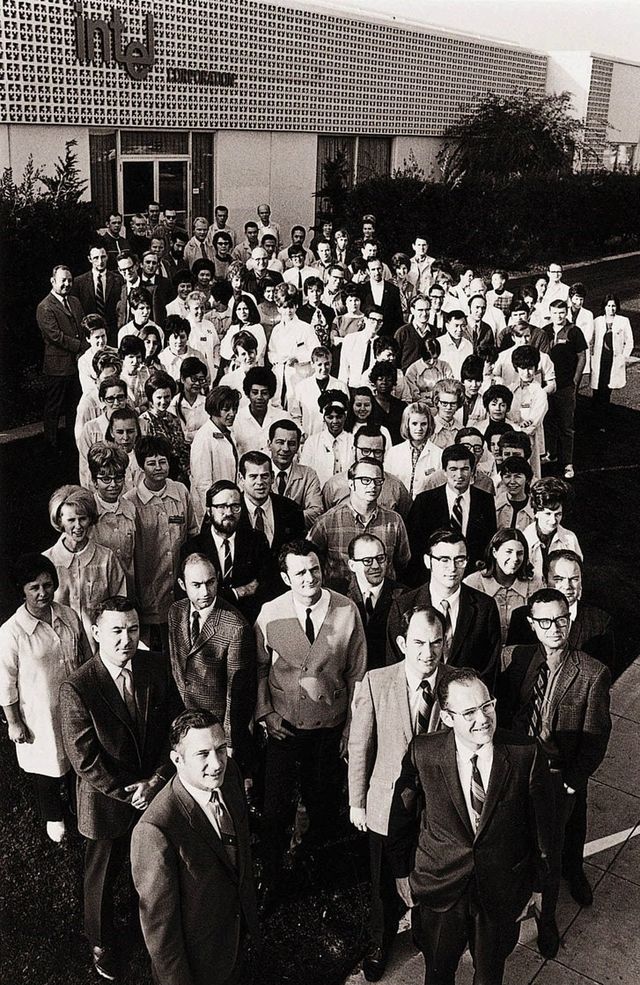
Some current year observers may be astonished that early Silicon Valley was able to innovate and succeed without H1B visas or DEI departments. But diversity-enthusiasts can take comfort that at least the space program relied heavily on a handful of highly skilled immigrants.
7/10
7/10

The other founding father of Silicon Valley profiled in Wolfe’s essay was William Shockley, co-winner of the Nobel Prize for research in semiconductors. Shockley, however would later make the “cancelled” lists because he held unauthorized views on intelligence and heritability. 







• • •
Missing some Tweet in this thread? You can try to
force a refresh



